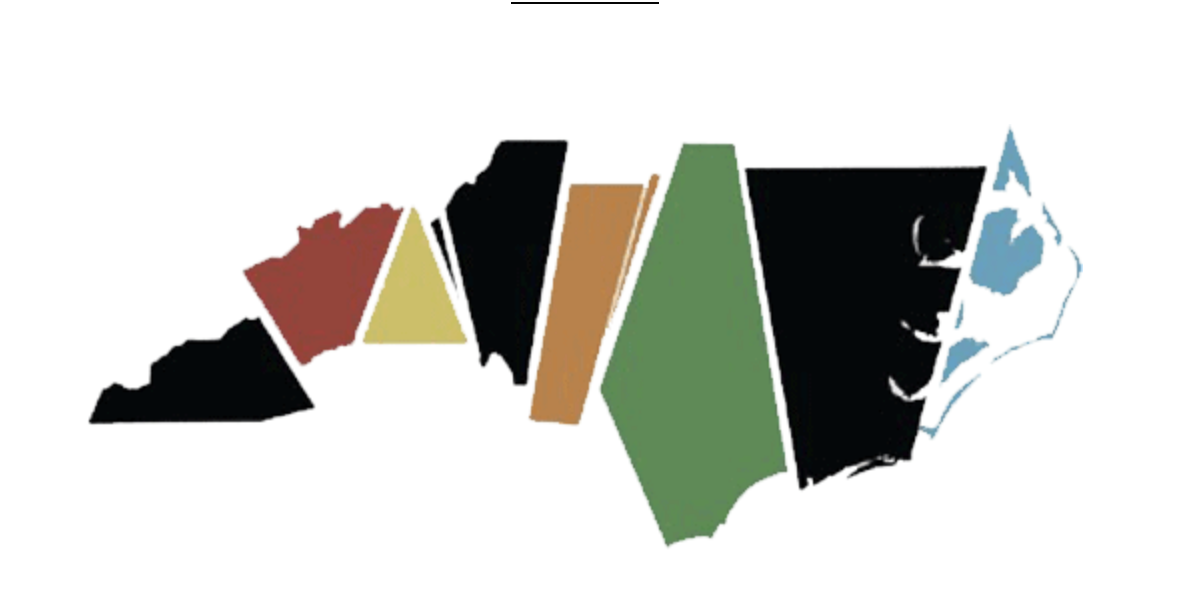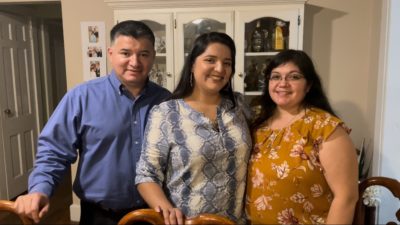
|
|
When Nikole Hannah-Jones was a reporter covering Durham Public Schools, she watched parents speak out for equity and justice in education, then go to great lengths to get their kids into schools serving mostly socioeconomically advantaged families.
She’s experiencing it again now, first-hand as a mother. She sent her child to a high-poverty public school in New York in kindergarten. Years later, nearly all of the families with means have moved their children to other schools, she said.
“I really began to notice the hypocrisy of so many people who were working on issues of educational inequality, who were proudly talking about how much they cared about these children and dedicated their lives to those children,” she said. “Yet, [they] wouldn’t put their own children in schools with the kids that they said were just as valuable as any other kid.”
What would public schools look like if every system had the resources it needed and every school fostered experiences that benefited each child? That was a question that kept popping up at the fourth annual Color of Education summit last week.
Hannah-Jones delivered the keynote at the virtual convening hosted by the Public School Forum’s Dudley Flood Center for Educational Equity and Opportunity, in partnership with The Samuel DuBois Cook Center on Social Equity, and the Center for Child and Family Policy at Duke University’s Sanford School of Public Policy. She talked about anti-history “memory laws” and “dark and scary times” for public education.
But it was her message about public schools serving as a gateway to community and a backbone for stronger democracy that echoed through a series of panels featuring district leaders, K-12 educators, higher education faculty, and community advocates.
“Education, alone, won’t resolve racism,” Hannah-Jones said. “Education, alone, won’t close the racial wealth gap. It won’t end Black disadvantage. It won’t end so much of what plagues us. But it gets us closer there and, I think, at least gives us the opportunity to try to resolve those issues.”
How? Here’s some of what we heard from the breakout sessions.
Don’t forget the ‘why’ — it’s life and death
Transforming public education into a public good that serves students of color and, thereby, serves society is as big a task as it sounds, a panel of district leaders said. It takes district leadership, buy-in from educators, support from families, and entire communities working together.
But it’s necessary work, they said.
“Transforming learning actually transforms life outcomes,” Guilford County Schools Superintendent Sharon Contreras said. “And if we don’t transform our schools and the learning outcomes for our students, it has life and death implications for our students. We don’t think about that enough.”
Transforming schools means centering equity — and being specific about what equity means and the need to better serve students of color, said Durham Public Schools Board of Education vice-chair Jovonia Lewis. It’s up to adults to lead that charge, added Matthew Bristow-Smith, principal of Edgecombe Early College High School.
“It’s morally the right thing to do to fight for equity,” said Bristow-Smith, a former state principal of the year. “I think history also teaches us that it won’t happen on its own. So if it’s not going to happen automatically, then somebody has to lead the charge on that. … Kids should not have to fight for racial equity. That’s up to us.”
It’s our obligation to the next generation, said Chatham County Schools Superintendent Anthony Jackson.
“Our role is to continue to advocate for them, to continue to ensure that tomorrow is going to be better than today and not spend a lot of time bemoaning today. We’ve got to fight through.”
Do more than just talk about systemic racism and equity
Contreras went a step further than Hannah-Jones, who said education alone couldn’t fix racism. Education alone, Contreras said, cannot even fix the education achievement gap. The barriers to educational opportunity are deeply embedded in America’s history of racism. The consequences today of oppression and unjust systems are intertwined with student outcomes.
That’s why, in Guilford, they take a deep dive to understand the history of racial inequity, she said.
“Understanding the extraordinary efforts to keep people from voting in this country, the amount of Black and Brown people who are incarcerated in this country, the racial wealth gap,” she said. “And how that all relates to the achievement gap.”
Systemic racism has created a correlation between Black and Brown people in this state and socioeconomic disadvantage, several speakers said. And “socioeconomic status is related to education outcomes,” Contreras said. “We cannot ignore the racial wealth gap and think we’re going to close the achievement gap.”
To make progress, Contreras said, we need more people doing — not just talking about it.
One way is for parents to make their base school a great school, instead of shopping for other options for their kids.
“We say we’re about equity, but then I don’t want my children to go to school with those children,” Contreras said. “And will do everything to get our students in the best schools instead of working to make sure that we don’t have students who live in the most concentrated poverty in America going to the very poorest schools with only other poor children.”
Another way is for “equity warriors” to show up where educators need them.
“There are so many people who say, ‘We are equity warriors, we are allies,’” Contreras said. “But we never, ever see you once we are in the field. We don’t see you when we are taking the hits fighting for equity. We don’t see you at the school board meetings. We don’t see you in the classrooms supporting us.”
So what can district leaders do to support teachers?
School board members and superintendents need to let teachers know they support them in their equity work. That includes drafting equity-specific vision statements, but must go further than that, Lewis said.
The Durham Public Schools board, she said, has passed resolutions that decry House Bill 324, support the CROWN Act (which protects against discriminating against someone on the basis of their hair), and protect English language learners.
These statements are important to let educators know where districts stand on equity, but then what?
“Where there are pockets of greatness in addressing inequities, we also have structures that want to maintain the status quo,” Lewis said. “As we celebrate our champions that are looking to create some systemic changes within their schools, we also need statewide standards that explicitly address measures of accountability.”
As she recounted the various forces that challenge student outcomes, Contreras put it plainly:
“We have to address these things one step at a time,” she said, “whether people like it or don’t like it.”
Reaching students by prioritizing cultural acceptance
As district leaders on one panel spoke about supporting teachers, educators on another panel spoke about supporting students. In particular, they lifted the importance of building a culture of accepting all cultures.
Valencia Hicks-Harris, an elementary and STEM educator who is CEO of Empower All, talked about needing to reach students to teach them.
“We have to make sure that students feel safe and belong so that learning can happen,” she said.
For Susanna Cerrato, the Western Regional Teacher of the Year, that’s why the most important part of her day is the community meeting. That’s when she and her elementary students gather in a circle to talk about what’s going on with one another, and to learn more about one another.
Sometimes, conversation might be action
Sometimes talk is important. A panel of higher education professionals said that higher education should not be considered separate from the K-12 journey — it’s all a part of the continuum. But students of color should see themselves across that entire journey.
Leslie Locklear, a program director at UNC Pembroke and co-chair of its North Carolina Native American Youth Organization, recalled getting to college and hearing people say they didn’t think any Native Americans still existed. A member of the Lumbee and Waccamaw Siouan tribes, she said Indigenous people have been made invisible — in textbooks and curricula.
Angela Davis said fostering courageous conversation within the higher education community and in college and university marketing is important. Davis, vice president and talent and equity officer at Durham Technical Community College, said the college normalizes talk about race, racism, microaggressions, and how important it is to celebrate all cultures.
“That impacts every single thing that each one of us at Durham Tech will do in the recruitment, the onboarding process — not only for students but also for our employees — and it impacts the entire culture by which we operate,” she said. “So it is so important and key that individuals own their own biases and microaggressions, own their own stuff, and how that shows up and impacts the experience of our students, before they even set foot on campus, before they access our online platform.
“What are we doing to make people feel welcome and also to provide that inclusive space for people to see themselves in our classroom and in our instruction?”
There’s no magic moment — just show up
Mary Ann Wolf, executive director of the Public School Forum, set the tone for how to learn from the summit’s speakers. Everyone has a place in this work, she said, and there’s no “right” time to show up for it.
“I hope that each of you will remember that there is no right place to be or right skill set to bring to this work,” she said. “The key is that you are here and you’re ready to tackle challenges.”



